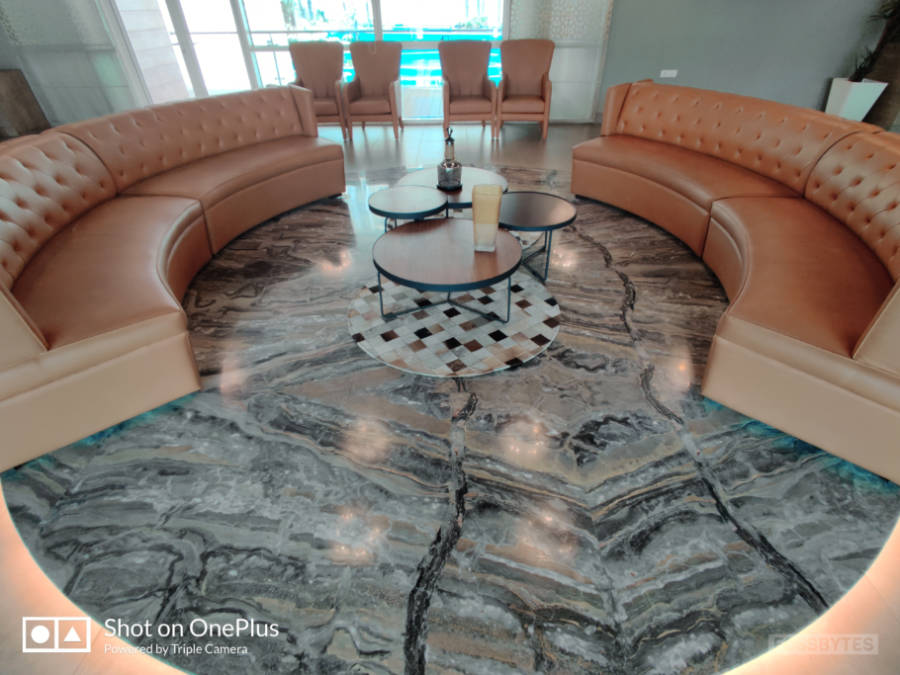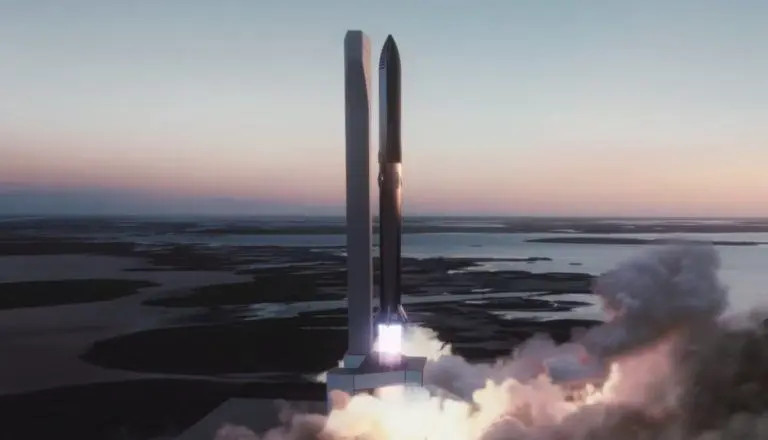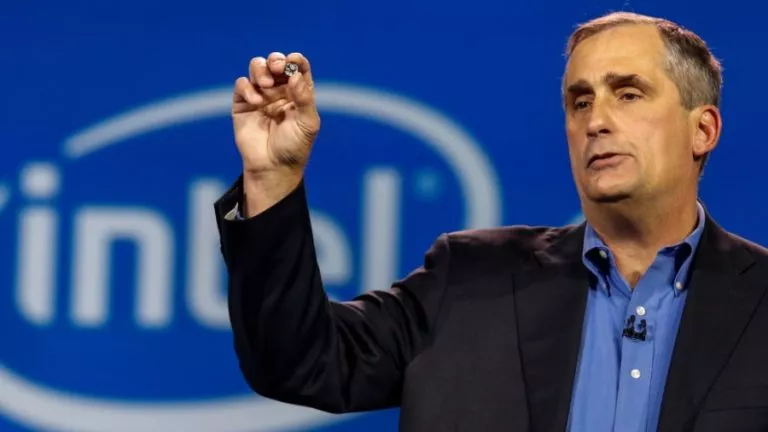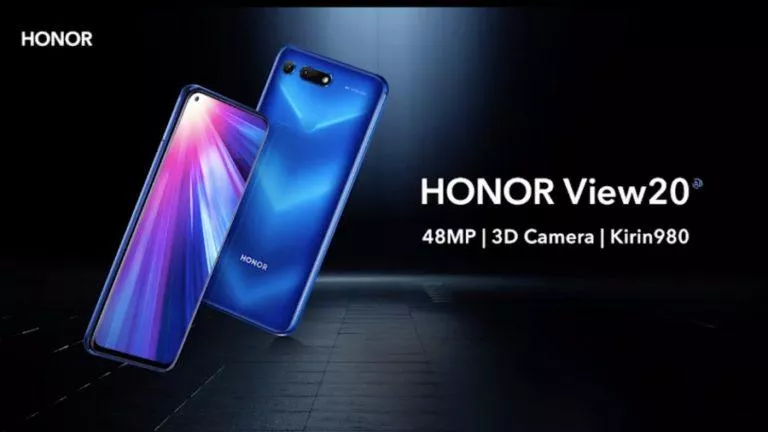OnePlus 7 Pro Review – PROmising Flagship From The Flagship Killer
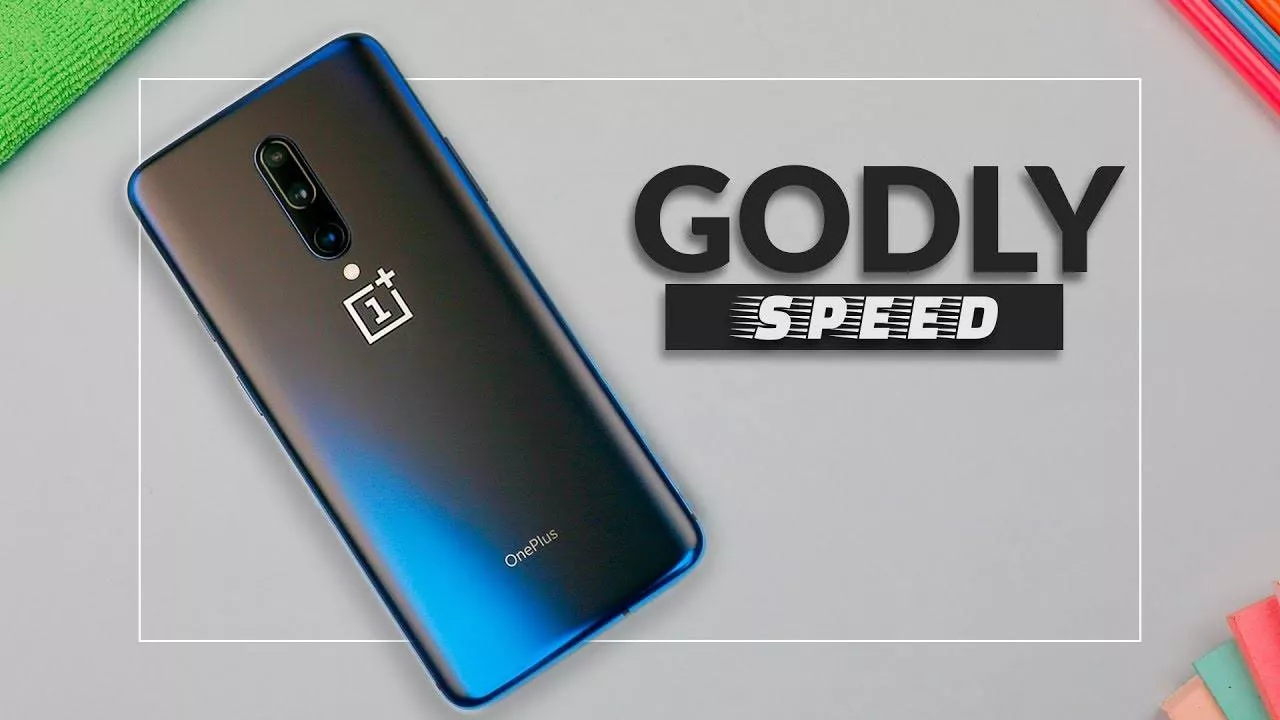
OnePlus 7 Pro is the first Pro variant from OnePlus and it marks an important milestone for the company. With the launch of OnePlus 7 Pro, OnePlus has turned itself from a flagship killer smartphone manufacturer to a company that itself is offering a flagship smartphone.
Launched at INR 49,999 OnePlus 7 Pro is the most expensive OnePlus smartphone to date and brings some very exciting features to justify the pricing. To see if it really justifies its price, we’ve reviewed it here. Read on for our OnePlus 7 Pro review and decide for yourself.
Design – Bigger, Bulkier & Premium
There is no doubt that the OnePlus 7 Pro has premium looks. With an all screen curved display stretching from top to bottom, a glass body and almost non-existing bezels, the phone looks stunning from every angle.

The curved display surely adds a charming effect to the phone, but the large never-ending 6.67-inch display sometimes feels too big.
On the rear side, it has a glass back which is scratch proof. But we would advise using the provided clear case to prevent accidental scratches. The triple camera setup is the first from the company and it complements the overall design of the phone.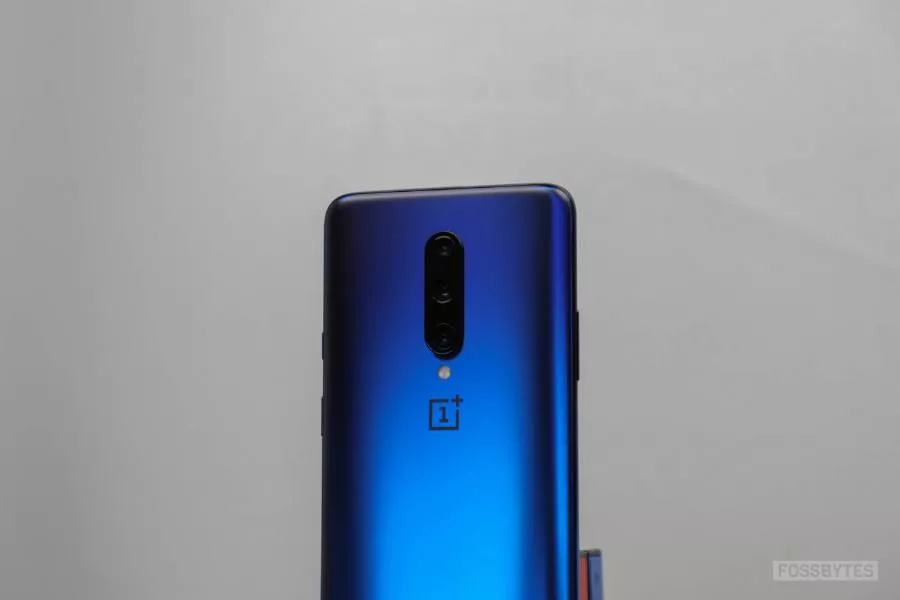
On the right side, you’ll find the power button and slider for switching to silent and DND profiles. On the left are volume rockers that are accessible. At the bottom, OnePlus has provided a type-C USB charging port, speaker grille, and SIM tray.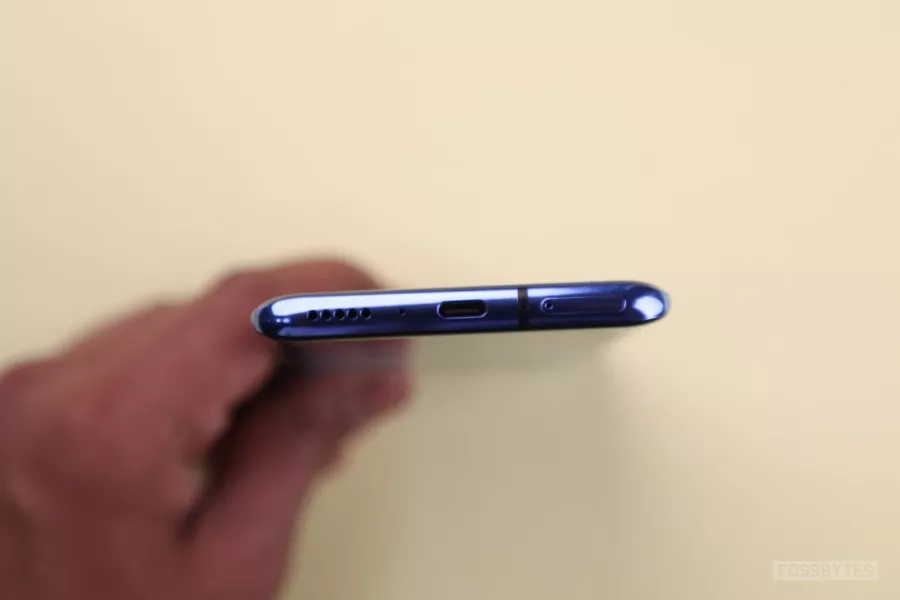
The all-screen display has been achieved by placing a mechanical pop-up selfie camera on top. The earpiece at the top bezel also doubles down as the secondary speaker.
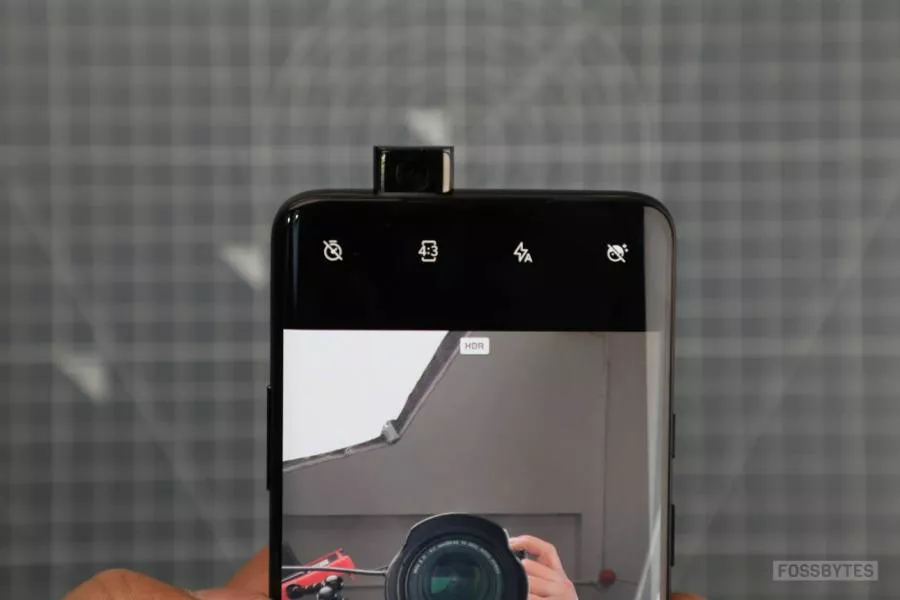
Weighing 206 grams, the OnePlus 7 Pro is not a sleek and lightweight smartphone that the company is known for offering. It’s bulky and not easy to handle with one hand, especially if yours are small.
Overall, the OnePlus 7 Pro can give a run for money to flagships like Galaxy S10, iPhone XS and Pixel 3 in terms of design and visual appeal.
Display – 90Hz, Immersive and Curved
Coming on to one of the most prominent features of the OnePlus 7 Pro – its display. Featuring a 6.67-inch ‘Fluid AMOLED display’ with a refresh rate of 90Hz, the OnePlus 7 Pro has one of the most stunning displays I have ever seen on a smartphone.
If you would ask whether the 90Hz refresh rate makes a visible difference to the display, I’d definitely say yes. As advertised by the company, the display is smooth and fast. Furthermore, you’ll notice the difference while scrolling the app drawer and in day-to-day interaction with the screen.
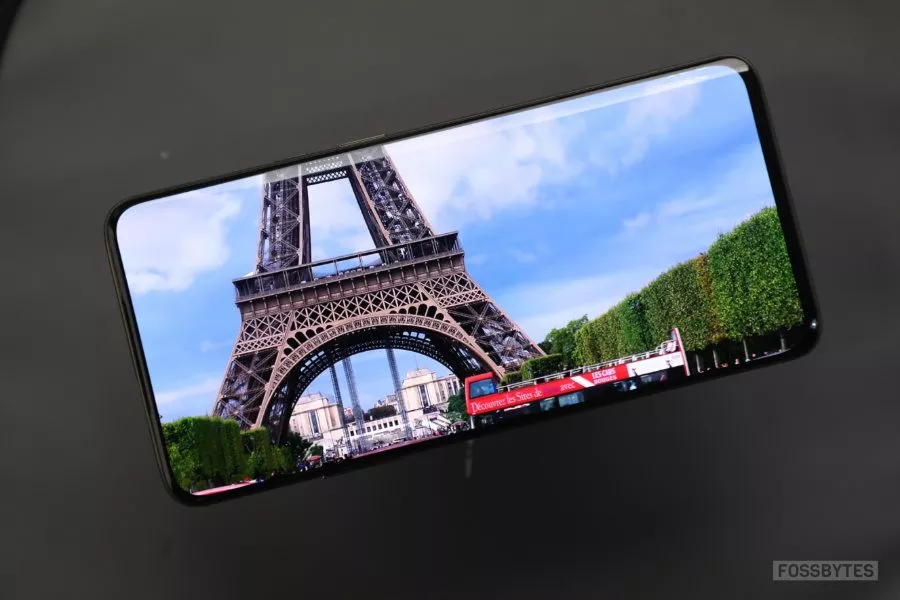
Apart from introducing a higher refresh rate, OnePlus has also provided a curved display similar to what we have seen on the Samsung S series lately. However, I would like to mention that the curve in the OnePlus’ display is more than what you’d find on Samsung Galaxy S10+.
A quadHD+ AMOLED panel coupled with 90Hz refresh rate makes OnePlus 7 Pro the best smartphone when it comes to watching videos. The immersive experience offered by OnePlus 7 Pro’s display is comparable to none.
There are options to adjust the screen’s refresh rate as well as resolution. Moreover, you can also choose from different color calibration options like Vivid, Natural and Advanced as per your own liking. I prefer AMOLED Wide Gamut under the Advanced Screen Calibration settings.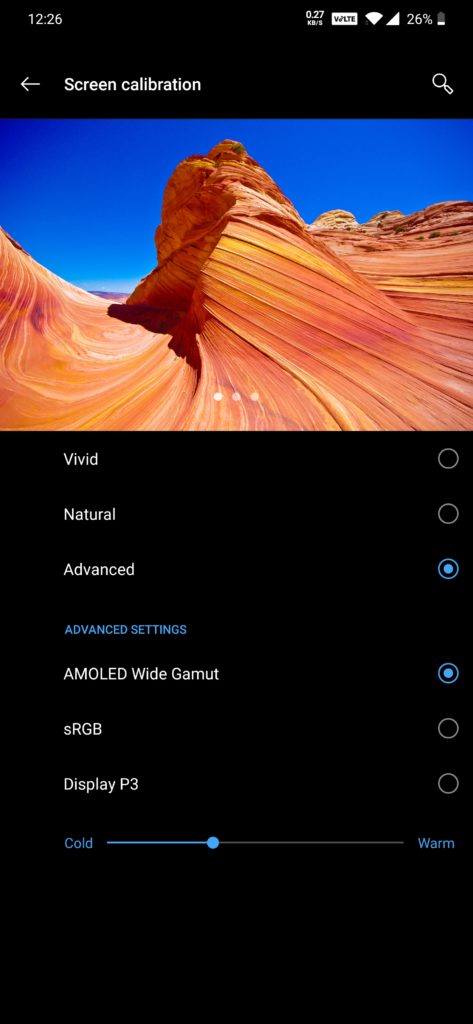
There are reports that the latest flagship from OnePlus is suffering from ghost touch issues. I did not experience any such issue with my unit, so I cannot really comment anything on it.
Additionally, OnePlus has compensated for the absence of notification LED by introducing what it calls Horizon Light which lights up the sides of the display whenever you receive a notification. However, there is no option to customize it as of now.
On the downside, the 90Hz display and QHD+ settings are power hungry and you’ve got to compromise on the battery life of the device if you wish to indulge yourself in the immersive experience.
Performance
OnePlus smartphones have always been known for their beastly performance and featuring the latest Snapdragon processor. The OnePlus 7 Pro is no different. Under the hood, it carries the latest SnapDragon 855 with a single Kryo 485 clocked at 2.84GHz and three Kryo 485 cores clocked at 2.42GHz and four Cortex A-55 CPU clocked at 1.8GHz.
There is no doubt about the performance of Snapdragon 855. For an extra performance boost, the OnePlus 7 Pro is also the first device to be equipped with faster UFS 3.0 storage. You can read more about UFS 3.0 here.
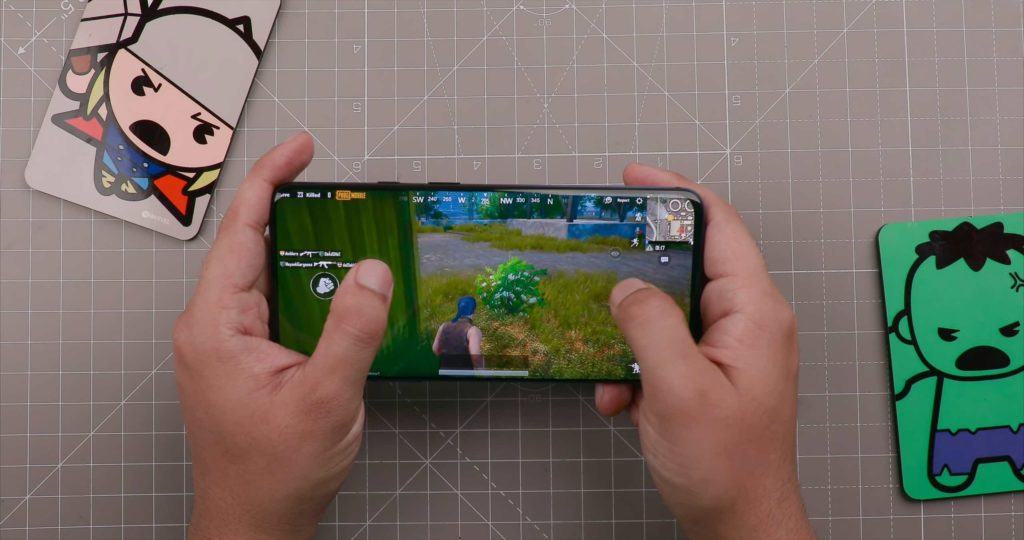
The performance of the device is buttery smooth and in my usage spanning across a week, I experienced no lag and the apps opened almost instantly. The phone handles multitasking perfectly and works flawlessly even when you open up to 15 to 20 apps in the background.

By providing 12GB of RAM in the high-end variant, OnePlus has catered to the needs of smartphone gamers and power users. However, I feel that 12GB RAM in a smartphone is overkill. For this OnePlus 7 Pro review, I tested the 8GM RAM variant and it worked just as good as the top 12GB variant.
OnePlus 7 Pro runs on OxygenOS 9.5 which brings a host of new features like Zen Mode, Fnatic mode and a built-in screen recorder. OxygenOS is one of the cleanest and closest to stock Android. The optimization between hardware and software that OxygenOS brings to the table is a major factor behind the blazing fast performance of the OnePlus 7 pro.
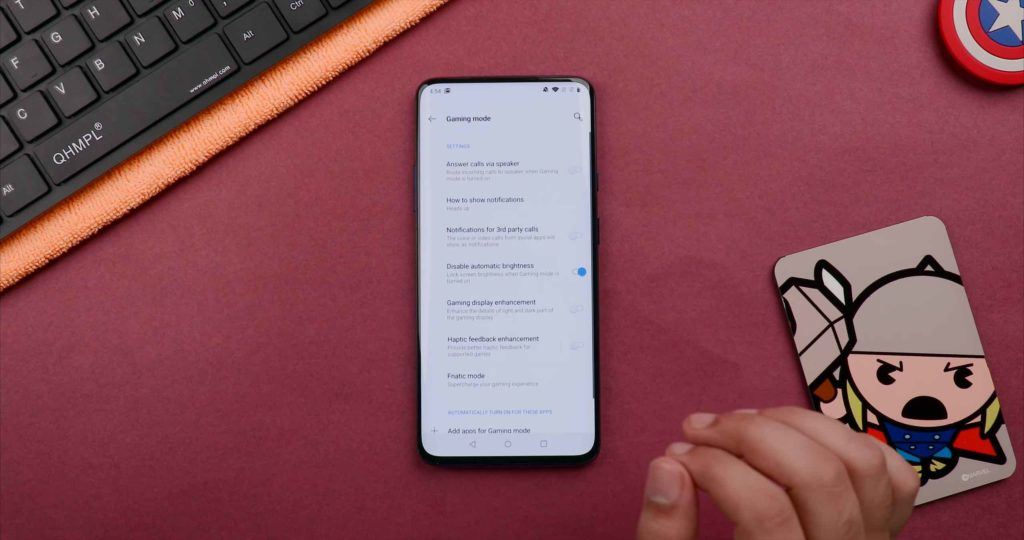
To woo gamers, OnePlus has also included a 10-layer liquid cooling system. It will keep the temperature of the device within the allowed standards even during prolonged gaming sessions.
If you have used OnePlus phones prior, you’ll feel the difference with the new haptic motor included in the OnePlus 7 Pro. In my testing, the phone stayed cool even while heavy gaming, however, once I crossed the 40-minute mark, the device started to become a little warm.
To complete the immersive experience offered by the display of the smartphone, OnePlus has also included stereo speakers by fitting the secondary speakers in the earpiece. OnePlus 7 Pro emits loud sounds, but its clarity isn’t comparable to the likes of the Samsung S10+.
The in-display fingerprint sensor that debuted with OnePlus 6t has also improved and is now much faster and more responsive. You can also use the Face Unlock feature that uses the pop-up camera, but I feel the in-display fingerprint reader is much more convenient and accessible. The mechanical camera takes some time to pop-up and retract, which makes us feel that the face unlock is slower as compared to previous OnePlus smartphones.
Camera
While excelling at the performance, the camera has been an albatross around OnePlus’ neck. OnePlus 7 Pro features a triple camera setup, which is something that we’ve seen previously in mid-budget phones like Redmi Note 7 Pro and Honor View 20.
On the hardware front, OnePlus 7 Pro features the following camera setup:
Primary: 48MP, f/1.6, OIS, Laser/PDAF
Telephoto: 8MP, f/2.4, 3x Optical Zoom, OIS, Laser/PDAF
Wide: 16MP, f/2.2, 117-degree field of view, Fixed Focus
To sum up, I would say that the colors are not very realistic and the camera also fails to keep the subjects in focus. Despite boasting impressive hardware specifications, the photo quality in the OnePlus 7 Pro isn’t something you’d expect from a $669 smartphone. There is still some scope for improvement and OnePlus is pushing software updates to improve the camera. It remains to be seen how much the camera will improve after the updates.
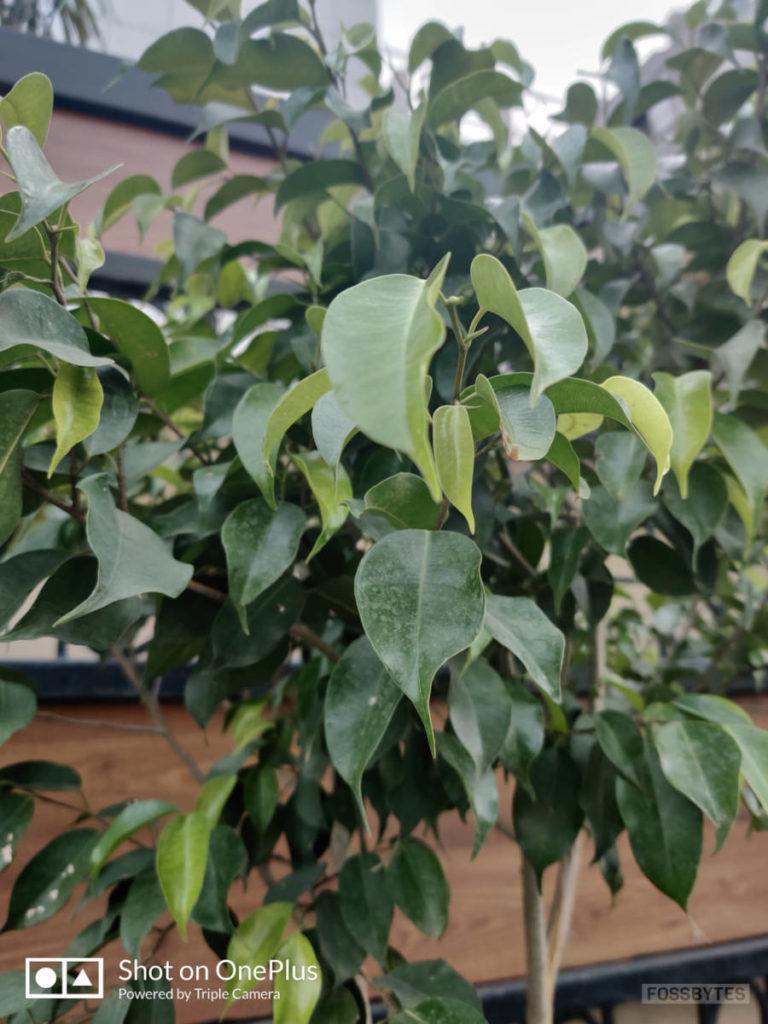 Like other budget smartphones, OnePlus uses the pixel binning technique to click detailed photographs even at 12MP. If you want to click 48MP photos, you need to activate it in the Pro mode. However, the 48MP photos are not impressive.
Like other budget smartphones, OnePlus uses the pixel binning technique to click detailed photographs even at 12MP. If you want to click 48MP photos, you need to activate it in the Pro mode. However, the 48MP photos are not impressive.
The photos clicked in daylight are detailed and I feel that colors are somewhat saturated. Of course, you cannot expect a Pixel-like performance in terms of camera from OnePlus 7 Pro.
In low-light conditions, the camera further deteriorates. However, the Night Sight mode has improved leading to some great low-light shots.
Aggressive skin smoothening is one of the issues that you’ll come across in the photos clicked from OnePlus 7 Pro.
Coming on to the front camera, the mechanical pop-up camera clicks decent selfies under daylight. Skin smoothening is once again persistent in the front snapper. Portrait mode in the selfie camera is not up to the mark and selfies are overexposed at times.
Battery
To strike a balance between the massive display and 90Hz refresh rate, OnePlus is backed by a 4,000mAh battery. If you’re a heavy user or someone who would like to use the phone in its best possible settings (90Hz refresh rate and QHD+ display), you’ll find that the battery drains fast and you can expect the Screen-On Time (SOT) between 4 and 5 hours. Here’s where Warp Charge 30 comes into play.
OnePlus 7 Pro comes with Warp Charge 30 which is the proprietary fast charging tech of the company and one of the fastest charging tech you’ll find.
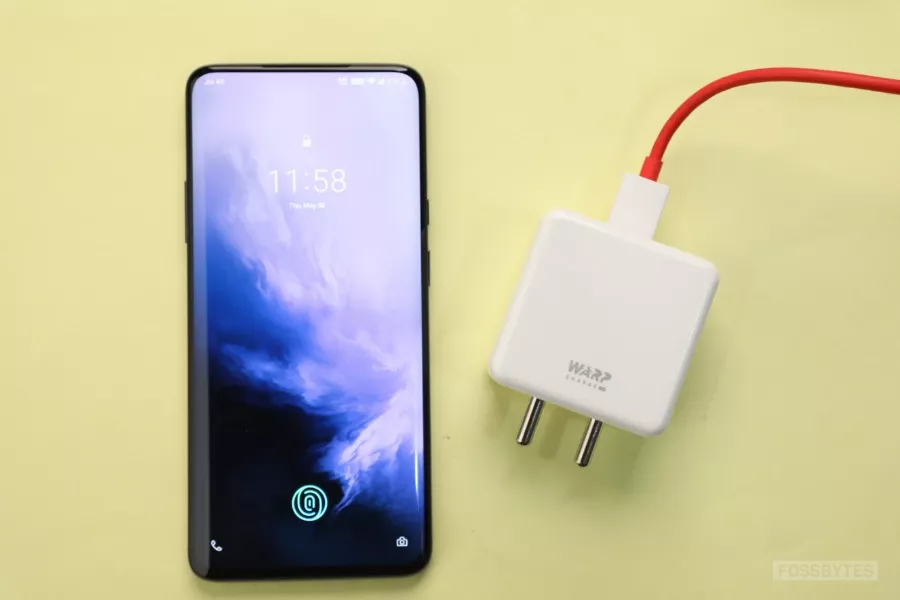
The 30-watt fast charging fuels OnePlus 7 Pro to 50% from 0 within 20 minutes, which is really impressive. It takes almost 1.5 hours to completely charge the 4,000mAH battery.
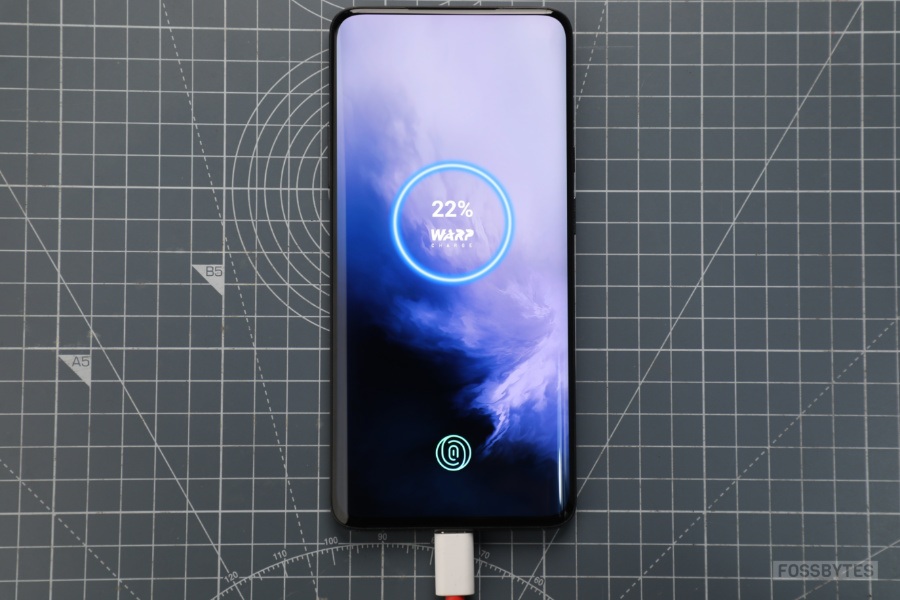
I feel that OnePlus could’ve optimized the battery performance of the device. Agreed that the device charges much faster than it drains but carrying a charger every time is still cumbersome. In this OnePlus 7 Pro review, warp charging tech is the most impressive feature next to the display.
What does OnePlus 7 pro lack?
OnePlus 7 Pro is almost knocking on the doors of premium flagships like Samsung S10+, iPhone XS and Pixel 3 but there are certain points where it falls shy.
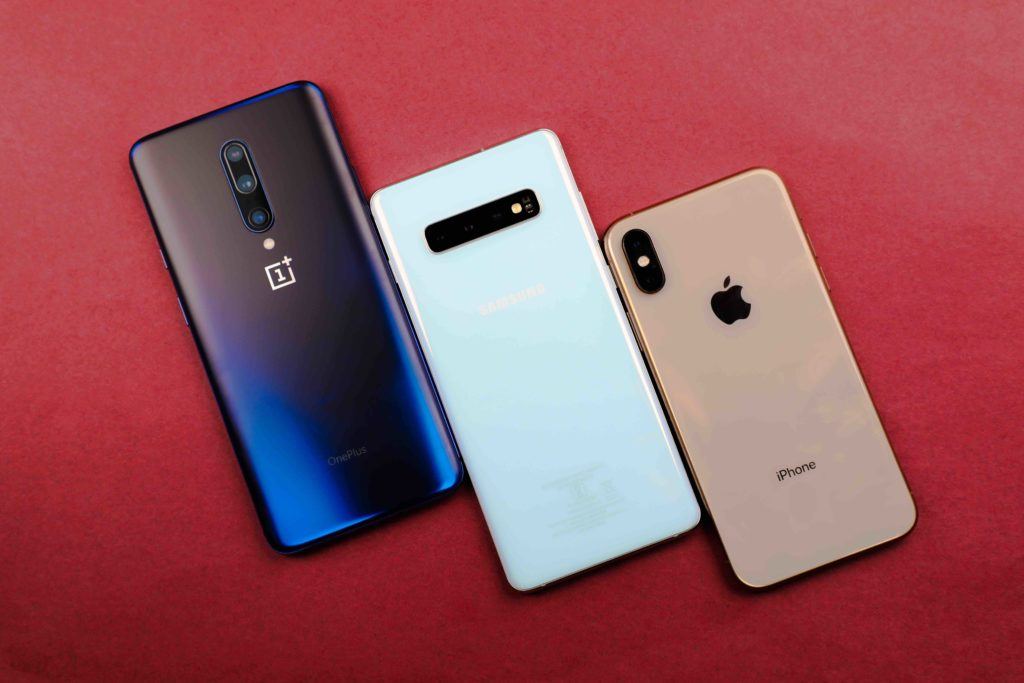
Firstly, it is a bulky smartphone and difficult to operate with one hand. Samsung S10+ which has 0.2-inches smaller screen than OnePlus 7 Pro, is much lighter and easier to hold. There is no IP Rating making it vulnerable to splashes. However, teardown videos have revealed that the inner casing of the smartphone is sealed and can easily withstand splashes. The 3.5mm headphone jack is another missing element in OnePlus 7 Pro. On top of that, there is no 3.5mm to Type-c connector in the box.
Does OnePlus 7 Pro Justifies Its Price?
With an eye-catchy design, pop-up camera, stunning display, the sheer power of Snapdragon 855, decent battery and the fastest charging technology in the world, OnePlus 7 Pro is a complete package.
If you are looking for a phone to consume video content or play games, it is the best choice out there. At a price of $669, OnePlus 7 Pro offers the display better than $999 Samsung S10+ and performance comparable to $999 priced iPhone XS.
One of the main reasons why OnePlus 7 Pro wouldn’t be the best choice for you would include its camera. The camera isn’t comparable to the iPhone XS, Pixel or Galaxy S10.
Another reason you can look past OnePlus 7 Pro is its bulkiness. People with small hands or those who like sleek phones would find it difficult to manage it.
I expect OnePlus to bring improvements in the camera section and include an IP rating in its next premium smartphone. Only then, we can have a smartphone that is a true all-rounder and compete with the likes of Samsung, Pixel, and iPhone.
Also Read: Elon Musk’s 12,000 ‘StarLink’ Satellite Network Has A Big Problem



